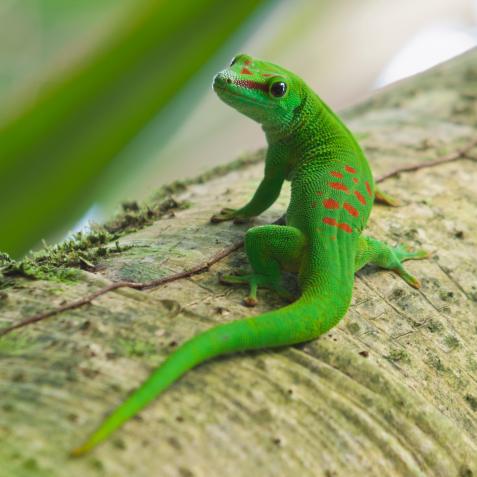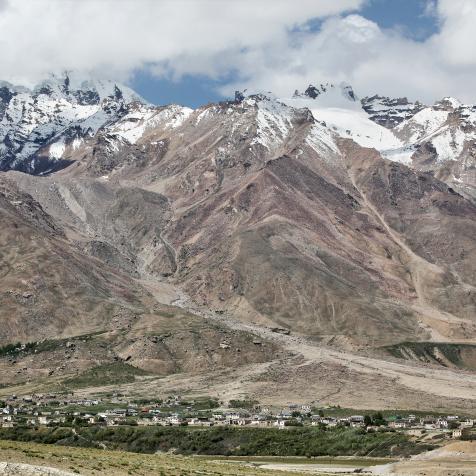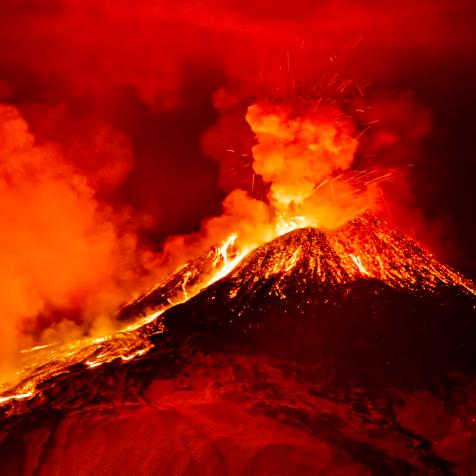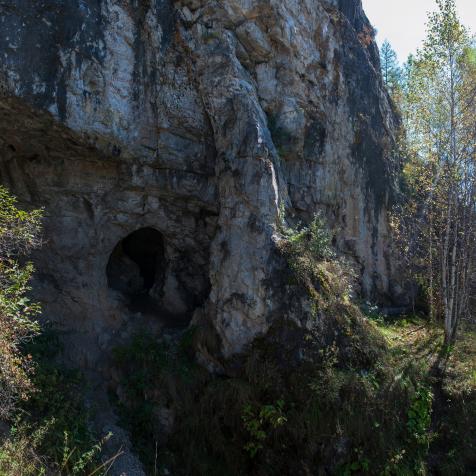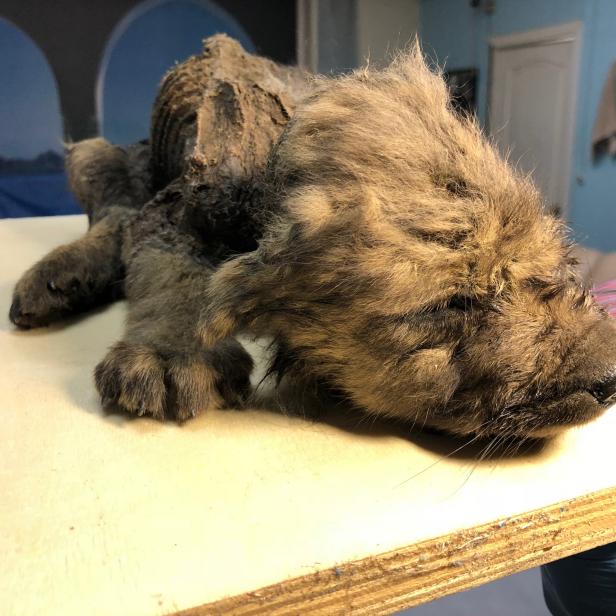
Sergey Fedorov/Centre for Palaeogenetics/Twitter
Meet Dogor, Your 18,000-Year-Old Best "Friend"
Dogor may have died 18,000 years ago, but his body has remained perfectly preserved — all-the-way down to the whiskers.
He is “friend” by name—Dogor is Yakutian for “friend”—and canine by lineage. Dogor and his body, fur, teeth, and whiskers have been catapulted 18 millennia and reborn out of melted permafrost into a warming Siberia. This near-perfect specimen was unearthed close to the Indigirka River, north-east of Yakutsk. Although initially believed to be the ancient remains of a wolf pup, further testing of the specimen has yielded fascinating results.
The Swedish Centre for Palaeogenetics (CPG), which conducted the initial genome sequencing of the specimen, was inconclusive — unable to determine whether the pup was dog or wolf. Further analysis places the pup’s origins in a period of time where dogs’ lineages are thought to have split from their wolf progenitors some 20,000 – 40,000 years ago, putting Dogor right in the middle of the transitioning pack. Before researchers discovered Dogor in the summer of 2018, the oldest known fossil of a domesticated dog dated to 14,700 years ago.
It's 18k years old! So far, we have sequenced its genome to 2x coverage. But we still can't say if it's a wolf or a dog. Maybe it's the common ancestor? More sequencing needed!
Sergey Fedorov (Institute of Applied Ecology of the North, North-Eastern Federal University in Yakutsk)
Dave Staton of the Centre for Palaeogenetics in Stockholm claims, “We have quite a lot of ancient samples… But this has got be one of the best-preserved.”
We now have some news on the 18,000 year old #wolf or #dog puppy.
— Centre for Palaeogenetics (@CpgSthlm) November 25, 2019
Genome analyses shows it's a male. So we asked our Russian colleagues to name it...
Thus, the name of the puppy is Dogor!
Dogor is a Yakutian word for "friend", which seems very suitable. pic.twitter.com/epIz8mEpVW
Further examination of the pup has revealed that the canine is a juvenile male whose age is exhibited by arrow-head milky teeth, a distinct characteristic of a canine under 2 months old. While experts have not been able to determine a cause of death, research suggests that his position did not indicate distress at the moment of demise.
This is not the first specimen to be discovered in Siberia’s permafrost. Long summers and warmer winters are causing the permafrost to thaw, allowing previously frozen ground to erode, revealing the amazingly well-preserved remains of long-extinct beasts.
As layers of permafrost continue to thaw in the face of warming temperatures, experts are thrilled at the prospect of what we can learn about the creatures that roamed the globe before us and the ecosystems in which they thrived.
Learn more on Discovery’s Lost Beasts of the Ice Age available NOW on DiscoveryGO.
Image credit: Sergey Fedorov/Centre for Palaeogenetics









